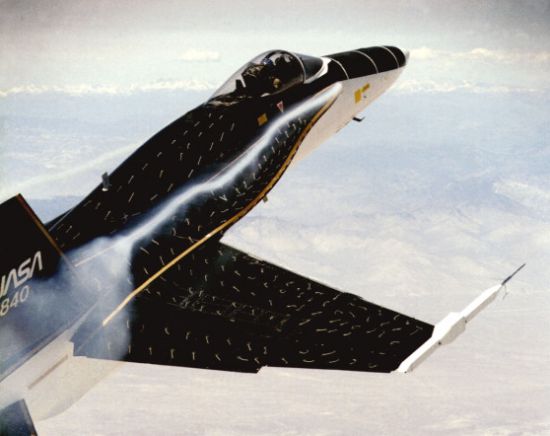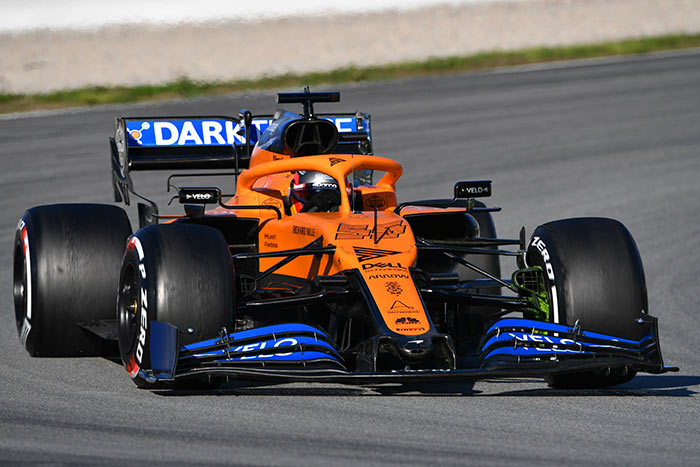It creates its own vortex to push the airflow where it's needed (as referenced in the BBC article). There is a definite downward angle throughout the cape with the steepest section being right at the front. This generates a high pressure region at the bottom of the leading edge of the cape and a low pressure region at the top. The airflow then rolls around from the high pressure side to the low pressure side creating a vortex. This exact method was pioneered in combat aircraft to keep flow attached at very high angles of attack the control the airflow.



With the accompanying article about LERX here: http://www.aerospaceweb.org/question/planes/q0176.shtml





